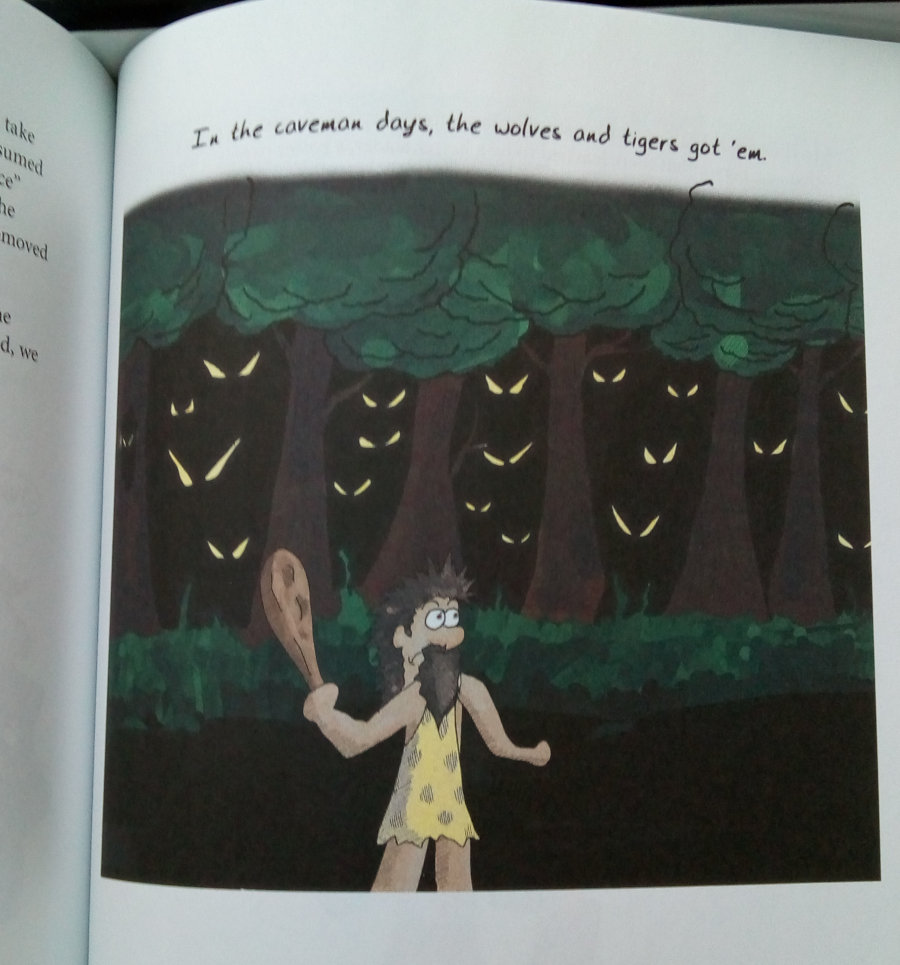A Theory of Fun for Game Design, by Raph Koster
A book review
Published on January 4, 2019
Where to go next on my quest to learn game design? A book about fun? As a long time follower of Chris Crawford, I am convinced that fun is overhyped. I want to see games growing to be as respected as other media are. I want to see the game equivalents of Schindler’s List 🎥 and Crime and Punishment 📖 – great works which are not fun, right? Anyway, I gave credit to all praise this book has attracted over the years and decided to read it. And thus here’s my review of Raph Koster’s A Theory of Fun for Game Design, Second Edition (O’Reilly, 2013).
As someone skeptical about fun, I must start by remarking that Raph defines the term in a rather peculiar way: fun is the pleasant feedback our brain gives us when we learn new patterns. That’s a broad of a definition! Our brains really dig patterns, so this encompasses a lot of things. Think about how Spielberg used color in Schindler’s List: it contains patterns related both to the human condition and to cinema itself as a media. So, yes, with the definition we are using here, these gloomier pieces of art are fun.
Once done with defining fun, the book continues with an engaging sequence of arguments that start with “all games are educational”, goes through “games teach certain things better than pretty much any other media” and culminates with “sadly, most of our games are teaching obsolete skills”. This last point is very deep. Our typical game teaches about things like territory, use of force to solve problems and blind obedience. These things could have been a useful lesson back when we were bands of cavemen, but they are no longer winning strategies for the 21st century citizen. To me, this was the most powerful message in the book.

A partial view of myself, happy to hold such a great book.
The second most important lesson for me was not a new one, but the book deepened my understanding of it by a large amount. In short, we need to focus on formal mechanics (or ludemes). When Raph says that today’s average game teaches about using force to solve problems, he is not talking about the dressing of the game (AKA fiction layer: things like story, graphics and audio) – he’s talking about its core, about the very game mechanics, which are the distinguishing feature of this media. It is still very hard for me to think in terms of pure mechanics, I must find ways to exercise this skill.
These two points alone would have been enough for me to enjoy the book, but it contains other very interesting discussions about topics like art, ethics, and us human beings.
Any downsides? Not really downsides, but I can make two warnings. First, this is not a book about the craft of game design. By reading it I didn’t considerably learn about balancing, whiteboxing, playtesting and the like. This is not primarily a book about how to make games, but about why making them.

Easy and fun to read. How not love a book with a cartoon every other page?
The second warning is that the book may look like an easy read. It is fun, it mixes text with charming cartoons, the reading just flows. The danger here is to miss the important messages it contains. To take the maximum out of A Theory of Fun, you need to spend some time thinking about it.
A Theory of Fun for Game Design is considered a classic, and deservedly so. Previously in my quest on learning and practicing game design, I learned a thing or two about crafting game, avoiding certain pitfalls and improving existing designs. But I was (and still am) looking for the games I want to develop. Thinking about what I want to teach may provide the direction I need.
